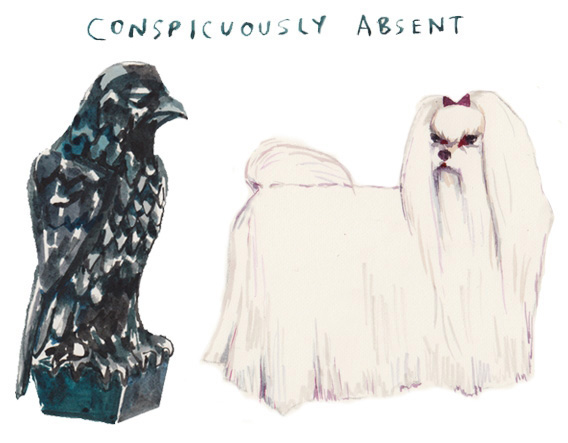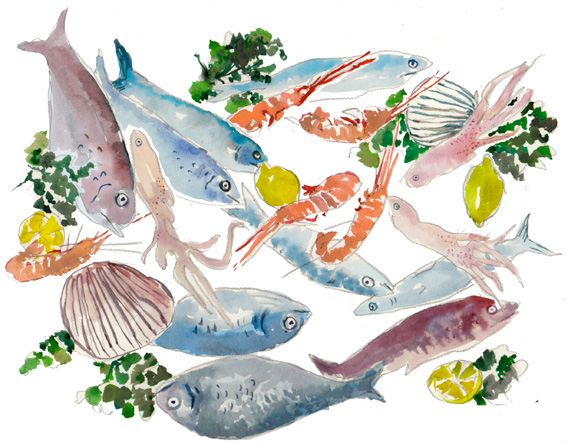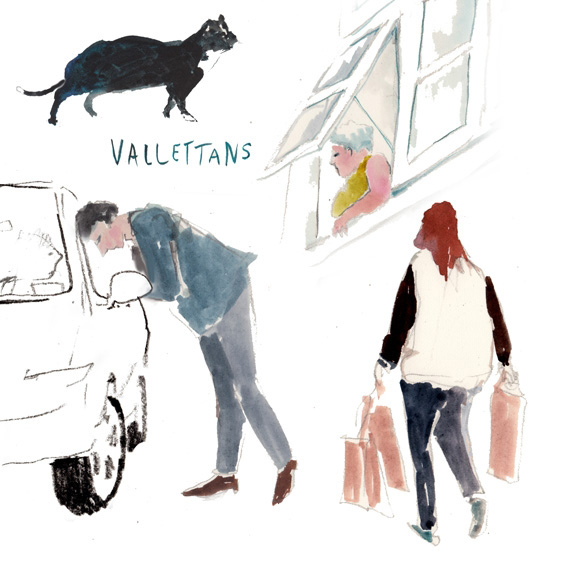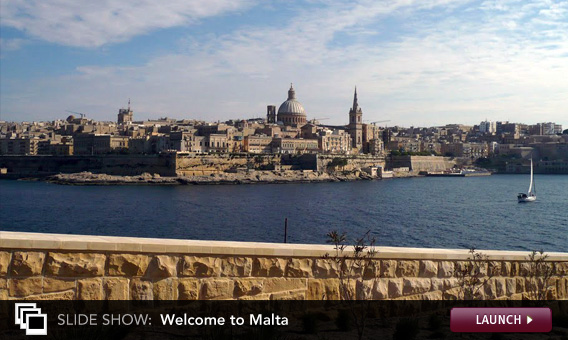Malta: 10 Days, 6,000 Years of History

For the tourist with a catholic taste in history, or a taste for Catholic history, there are few destinations as tantalizing as Malta, a small island nation just south of Sicily and north of Libya. The island has been inhabited since 5000 B.C., and the ancient society that flourished there left behind some of the oldest architectural ruins on the planet. Rome and Carthage fought for control of the island during the Punic Wars; in 1881, a well-preserved Roman villa from this period was discovered just outside the walls of Malta's ancient capital of Mdina. (It lay under an Islamic burial ground dating from the Middle Ages, when the island was controlled by the Fatimid Caliphate.) The Maltese trace their Christian faith back to St. Paul, who, according to the Book of Acts, shipwrecked on the island and briefly spread the good news there before continuing on to Rome to be martyred. In the 16th century, the Maltese, together with the Knights of the Order of St. John, repulsed a massive invasion force sent by the Ottoman Emperor Suleiman, who dreamed of using Malta as a base for assaults on the heart of Christendom. The Maltese staved off another protracted siege in the 20th century, this time by the Axis powers. Seeking refuge from the bombing runs of the Regia Aeronautica and the Luftwaffe, locals huddled in the island's ancient catacombs, where early Christians had worshiped secretly in the time before Constantine's conversion.
That's a lot of history per square foot—Malta is only slightly larger than Martha's Vineyard. Because of its strategic location in the center of the Mediterranean, just about every Western power has tried to control it, and each has left its mark. (Napoleon, who seized the island in 1798, left his by stealing everything that wasn't nailed down.) Even the American empire has made an impression. In the late 1970s, a quiet stretch of the island's northwest coast was invaded by a small army of contractors, who set to work building the village of Sweethaven, which would become the set of Popeye, Robert Altman's delightfully odd film starring Robin Williams as the eponymous sailor man and Shelley Duvall as Olive Oyl. The village still stands and is now home to a Popeye theme park. That sealed it. I packed a notebook—and my fiancee, an illustrator, packed her paints—and we made our way to this ancient island, eager at the prospect of squeezing 6,000 years of history into a 10-day vacation.
Malta is not a frequent destination for American tourists. To the extent the island conjures an image in the American mind, it's either of The Maltese Falcon, a film noir set in San Francisco, or of the Maltese dog breed, which may or may not have originated on the island and in any event isn't particularly popular there. (We did see a lot of Yorkies —a legacy, perhaps, of 150 years of British colonial rule that ended only in 1964.) But Malta is a popular destination among Europeans. It's a 60-minute flight from Rome, and in addition to its historic treasures, it offers sandy beaches, good snorkeling and diving, a glut of seaside hotels, and a casino that caters to the yachting set.


Monte Carlo this is not, however. Malta's tourist centers tend to cater to a more downmarket clientele, the sort of traveler inclined to buy an "I Love Malta" T-shirt early in his visit so he can get some wear out of it before returning to the less forgiving climes of Hebden Bridge or Karlsruhe. Continental teenagers looking to brush up on their English—and brush up against one another at establishments like the Footloose Fun Bar or O ' Casey ' s Irish Pub in the nightlife district called Paceville—also frequent the island. (Locals learn English at school and speak it well, though at home they favor Maltese, a strange language that, like the island itself, bears the mark of centuries of foreign influence. Maltese is primarily Semitic, reflecting the island's Carthaginian and Arab periods, but features vocabulary borrowed from Norman, Italian, and French. Bon voyage in Maltese is Il-vjaġġ it-tajjeb.) There are several luxury hotels on Malta, but the luxury tends to be store-bought: The chrome towel hook strains under the weight of the threadbare robes; the concierge, asked about a good place for lunch, recommends the hotel's own lackluster cafe. Generally speaking, the cuisine on the island is horrid, another legacy, one suspects, of British colonial rule. Dry pastries filled with bland cheese are a local delicacy, as is rabbit in a heavy brown sauce, eaten with the hands. There is no restaurant you simply must try while you're on Malta, though we can suggest several you should make every effort not to.
Visitors wishing to experience Malta's rich history must therefore steel themselves for its somewhat tacky present. Valletta, the stunning fortified city the knights built to commemorate their victory over the Turks, is typically choked with a polyglot tourist horde, browsing its souvenir stores or bustling to the next stop in their guidebooks. One day, while walking through the city, we spotted a quaint-looking cinema and ducked in to ask what was playing. "Italian movies," the proprietor replied sheepishly. Only when we caught sight of the posters advertising the X-rated current features did we comprehend the euphemism.
We soon made our peace with the horde, however—it's hard to turn your nose up at "the tourists" when you're the one holding up the bus because you haven't learned how to count your euros. (To get around the island, we relied almost exclusively on Malta's idiosyncratic bus system, about which more later.) And there is fun to be had among the European tourists. The passengers of any given bus constituted a microcosm of the European Union—which Malta joined in 2004, becoming its smallest member—and it was amusing to watch them conform to stereotype: merrily sloshed Brits turning from pasty to pink in the Mediterranean sun; punctual Germans waiting impatiently for the never-punctual buses to lurch into motion; Italian men in tracksuits and complicated eyewear leering amiably at any and all female passers-by along the waterfront.

There are also ways of escaping the horde. One day, we left behind the bustle of Valletta and its environs and retired to Mdina, which sits atop a bluff in the island's interior that has been occupied since the time when the Phoenicians controlled the island, 3,000 years ago. Mdina is sometimes called the silent city, which seemed like a misnomer the afternoon we arrived. Though cars are banned from its streets, Mdina is hardly off the tourist radar, and crowds ringed the city's high walls, filling memory cards with photos of the beautiful view of the surrounding countryside. There's only one hotel in Mdina, however, the small, legitimately luxe Xara Palace, housed in a 17th-century villa, and come evening, as the tourists return to Valletta and St. Paul's Bay, the streets do acquire a magnificent hush. Modernity has made few encroachments inside the city walls, and walking its stone streets at gloaming, it's easy to feel transported back to a time before cars, before electricity, to imagine you might encounter a pair of knights around the next corner, well turned-out in their red vestments with the distinctive Maltese cross in the center, discussing plans for improving the city's ancient fortifications or where to get a decent plate of rabbit around here.
Next: More about the knights.
